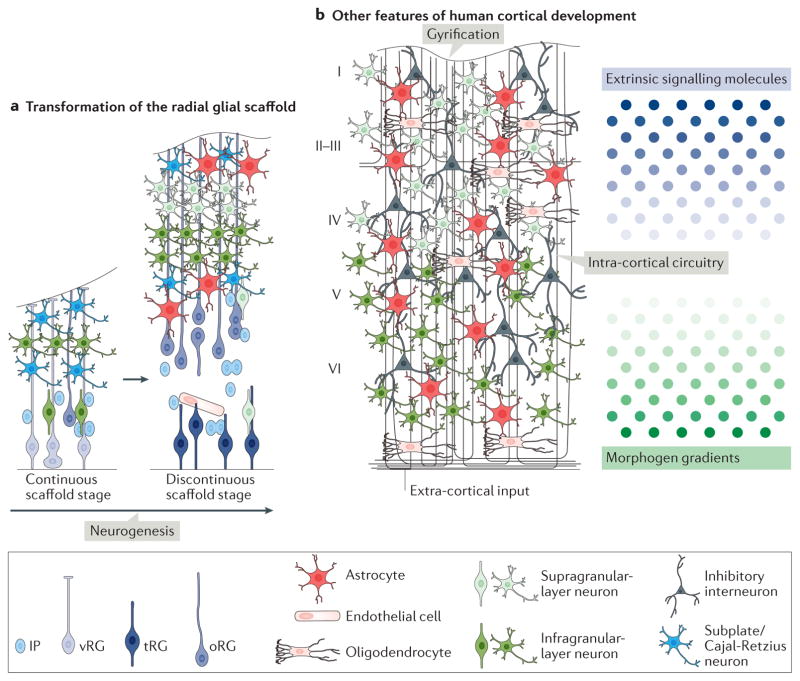Figure 3. Aspects of human cortical development for future exploration in brain organoid models.
Several interesting aspects of human cortical development are yet to be explored in brain organoid models. a | A developmental switch from a continuous radial glial scaffold to a discontinuous scaffold and the generation of radial glial cells with non-classical morphologies (such as truncated radial glial cells (tRGs)) was recently described90 and could be examined in organoid models. It was shown that during early neurogenesis (the continuous scaffold stage), the basal fibres of ventricular radial glial cells (vRGs) contact the pial surface and that newborn neurons migrate along the fibres of both vRGs and outer radial glial cells (oRGs). During late neurogenesis (the discontinuous scaffold stage), newborn neurons reach the cortical plate only along oRG fibres. If these structures are recapitulated in human organoids, time-lapse imaging of migrating neurons could be used to demonstrate this developmental switch. b | Another feature of human cortical development to be explored is the cortical folding that takes place largely after neurogenesis is complete, which has yet to be properly modelled in organoids. In addition, the establishment of correct lamination replicating the six layers (I–VI) of the mammalian cortex has not yet been replicated in organoids. Extracortical input and canonical intracortical circuits, including those mediating inhibition, have not yet been fully demonstrated in organoids, and the roles of extrinsic signalling via morphogens and other diffusible cues remain largely unexplored. IP, intermediate progenitor cell. Part a adapted with permission from REF. 90, Elsevier.

